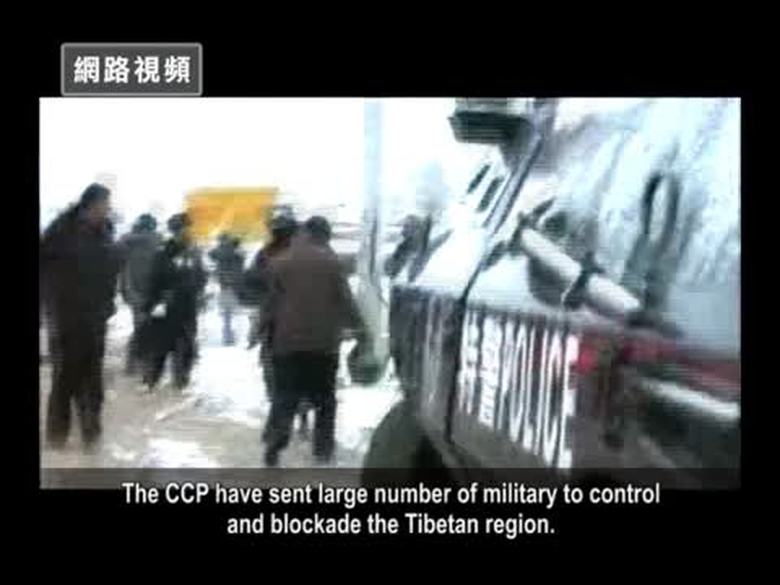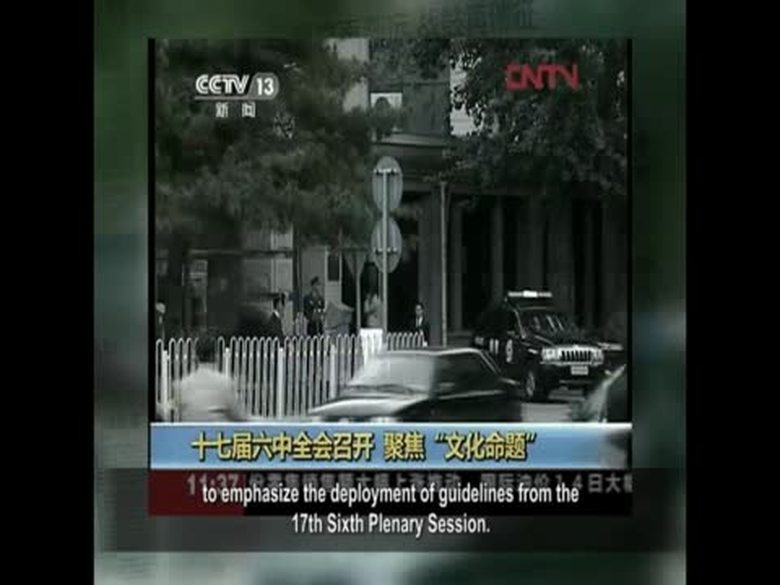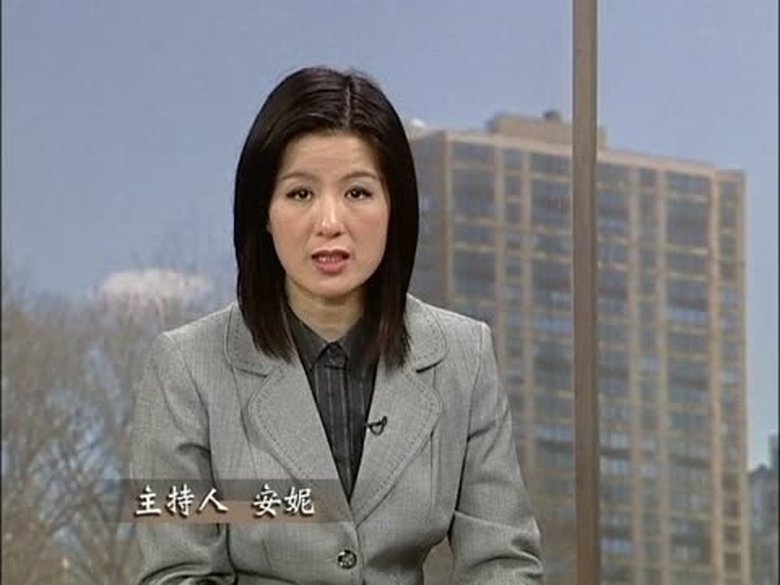【新唐人2012年1月27日訊】四川甘孜藏族自治州連續發生藏民與公安衝突事件,中共統戰部官員把漢藏流血衝突原因指向達賴喇嘛。但研究西藏問題的學者指出,現在西藏的衝突與中共50年代的暴力鎮壓有關,與它們一貫的暴力行為有關,與達賴喇嘛無關。
英國BBC報導,過去一週,四川甘孜的爐霍縣和色達縣都相繼發生軍警與抗議藏民衝突事件。西藏流亡政府旗下「西藏之聲」表示,6人被警察開槍槍殺,6名藏人受傷。中共喉舌《新華社》則聲稱:1名藏民死亡,5名警員受傷。
美國和英國都針對中共軍警與藏民衝突事件表示了嚴重的關切。
不過,中共統戰部官員朱維群把漢藏流血衝突歸結於達賴喇嘛。他說「自從達賴喇嘛從政以來,他就不斷使用暴力。」
西藏問題研究學者李江琳: 「像朱維群他只是宣傳部門的一個官僚,這些東西對信息封鎖的國內民眾有點用,在海外是根本沒用的。哪有德國人相信他的話啊?」
在國外,達賴喇嘛是非暴力抵抗的象徵。1998年,達賴喇嘛獲諾貝爾和平獎,2007年他還獲得美國最高榮譽獎——國會金質獎,都是因為他宣導非暴力政策,為爭取西藏人權的貢獻。
多次採訪達賴喇嘛的李江琳表示,目前發生在四川的事件與2008年中共槍殺20多藏民有關,而2008年的藏民抗爭又與1987年有關,追溯歷史,都與50年代發生的戰爭有關,這也體現了中共一脈相承的暴力。
李江琳:「西藏從來不是我們現在說的和平解放,它是經過了一場秘密的戰爭。一場極端暴力的戰爭,長達6年半。其中,光是空軍參戰就是幾千架次的飛機,它導致了非常深層的苦難。」
李江琳表示,發生衝突的地區,都是當年鎮壓非常殘酷的地方。他指出,中共框架下的原則是寧左勿右,寧可錯殺也不妥協,歷史上中共對中國境內十幾個民族,像對維族、彝族、回族、蒙族的鎮壓都是如此。
李江琳::「中共從50年代進入西藏以來,他有一個模式,就是他不接受任何挑戰,不接受任何質疑,不接受任何建議。就是藏人反應出來的哪怕是溫和的反對,都是用鐵腕鎮壓。它50年代為甚麼這麼做?他形成了一種可以說是:用更多的罪惡掩蓋過去的罪惡。中國這麼多年來,內地發生的事情也是這樣,以10個錯誤掩蓋一個錯誤。」
不過,這場中共軍警與藏民的衝突還在發酵。一個西藏組織說,公安部隊25號向群眾開火,又導致兩名藏民喪命。
美國國務院也表示:「中共政府處理西藏地區的適得其反的政策,導致西藏局勢緊張,並威脅到西藏人民獨特的宗教、文化以及語言認同。」
李江琳指出了衝突的內因是:中共的紅頭文件都表示「全黨要為宗教消亡而奮鬥」。所以,在中共信奉無神論、鄙視宗教的情況下,這場衝突不可避免。
新唐人記者陳漢、宋風 肖顏 採訪報導
What Is The Real Cause Behind The Recent Tibetan Clashes?
Outbreaks of clashes between Tibetans and security forces
continue to emerge in Ganzi Tibetan Area, Sichuan province.
The Chinese Communist Party (CCP) has openly accused
the Dalai Lama of causing the Sino-Tibetan blood clashes.
A scholar in Tibetan history reveals however that the clashes'
root cause can be traced back to the Chinese regime's brutal repressions of the 50's.
and it's consistent path of violence and has nothing to do with
The Dalai Lama who won the 1998 Nobel Peace Prize and a Congressional Gold Medal in 2007.
According to a BBC report, clashes between local Tibetans
and the police broke out last week in Ganzi, Sichuan province.
The Voice of Tibet reported six deaths and six injuries, but
according to the official Chinese Communist Party (CCP)
network, Xinhua News Agency,
apparently only one Tibetan
was found dead and five policemen were injured.
Meanwhile, the clashes have caused great concern over the
U.S. and in the U.K.
According to the deputy head of the CCP's United Front Work
Department, the blood shed is attributed to The Dalai Lama.
Zhu Weiqun said: “Since The Dalai Lama entered into politics,
he has continued to use violence.”
To which Li Jianglin, an expert in Tibetan history, replied:
“Zhu Weiqun is merely a bureaucrat from the propaganda department.
Such a claim might make a little impact inside of China,
where there is no freedom of information,
yet it means nothing to overseas communities.
Is there any German who really believes in his words?”
The Dalai Lama is known worldwide as a symbol of
nonviolent resistance.
In 1998 The Dalai Lama won the Nobel Peace Prize and
in 2007 he received the U.S. highest civilian honor, a Congressional Gold Medal.
Both awards recognized him for his efforts in promoting
non-violence and his contributions towards better human rights in Tibet.
Li Jianglin interviewed The Dalai Lama many times. Li says
that the origin of the current Sichuan clashes have historic reasons.
According to Li the clashes are related to the killings
of 20 Tibetans in 2008.
Yet the 2008 protest can be traced back to the year 1987.
And all these events stem from the war of the 1950's,
and the Chinese Communist Party's consistent violence.
Li Jianglin, Scholar of Tibetan history: “Tibet has never been
peacefully liberated, an official claim that we've known so far.
The region has experienced a secret war,
one of extreme violence. It lasted six-and-a-half years.
The air force alone made a few thousand attacks,
which led to deeper problems.
Li Jianglin says the Chinese Communist Party waged very
cruel repressions in the conflict regions.
Apparently the CCP would rather kill wrongly
than to reach a compromise.
Mr. Li points out that in history, the Chinese Communist Party
has followed this principle during its crackdown on other
ethnic minorities such as the Uygur, Hui, Yi and
the Mongolians.
Li Jianglin, Scholar of Tibetan history: “Since the Chinese
Communist Party (CCP) entered into Tibet in the 1950's,
it has set a pattern of non-acceptance. That is, of not
accepting any challenge, any questioning nor any proposals.
It has enforced an iron-fist repression on the Tibetans
even though it encountered mild opposition.
Why did it do it this way in the 50's? It can be best described
as using more evil to cover up past wrongdoings.
It's been happening in Mainland China also over so many years,
using ten errors to conceal one error.”
The clashes between Tibetans and the CCP police forces
are still ongoing.
According to a Tibetan group, security forces opened fire
on civilians on the 25th of Jan., killing two Tibetans.
The U.S. State Department says that the Chinese regime is
using “counterproductive policies”.
It is creating tension in the Tibetan Areas and is threatening
the religious, cultural and linguistic identity of the Tibetan people.
Li Jianglin discloses the clashes' internal cause: As the CCP's
official documents say, “the entire party fights for the religious demise."
Thus in the context of the CCP's atheist belief and its
despising of religions, the clashes became inevitable.
NTD reporters Chen Han, Song Feng and Xiao Yan
看下一集

【禁聞】奧巴馬對華貿易趨硬 美中紛爭加劇

【禁聞】工運人士被逼做間諜 被迫逃亡

【禁聞】胡德平揭秘黨官96%貪腐 劍指18大

【禁聞】推特將自我審查 艾未未「罷推」

【禁聞】中共的核能 人民的炸彈?

【禁言博客】微博實名 是控制謠言還是掩蓋真相?

【禁聞】陸新年人權急劇惡化 黨媒四度詭辯

【禁聞】「冒犯」總理 中澳結局大不同

【禁言博客】攤上境外勢力就能轉移矛盾嗎

【禁聞】郎朗貶損李雲迪 網友專家齊炮轟

【禁聞】英媒曝中國10大「黑領」人物

【禁聞】四川藏族抗爭12死 CNN記者遭扣押

【禁聞】部署全軍文化建設 胡為留軍權舖路

【禁聞論壇】何時將“車票”變成“選票”?

【禁聞】內鬥戰火燒到軍隊 劉源掀翻中將

【禁言博客】 給中國人丟臉








